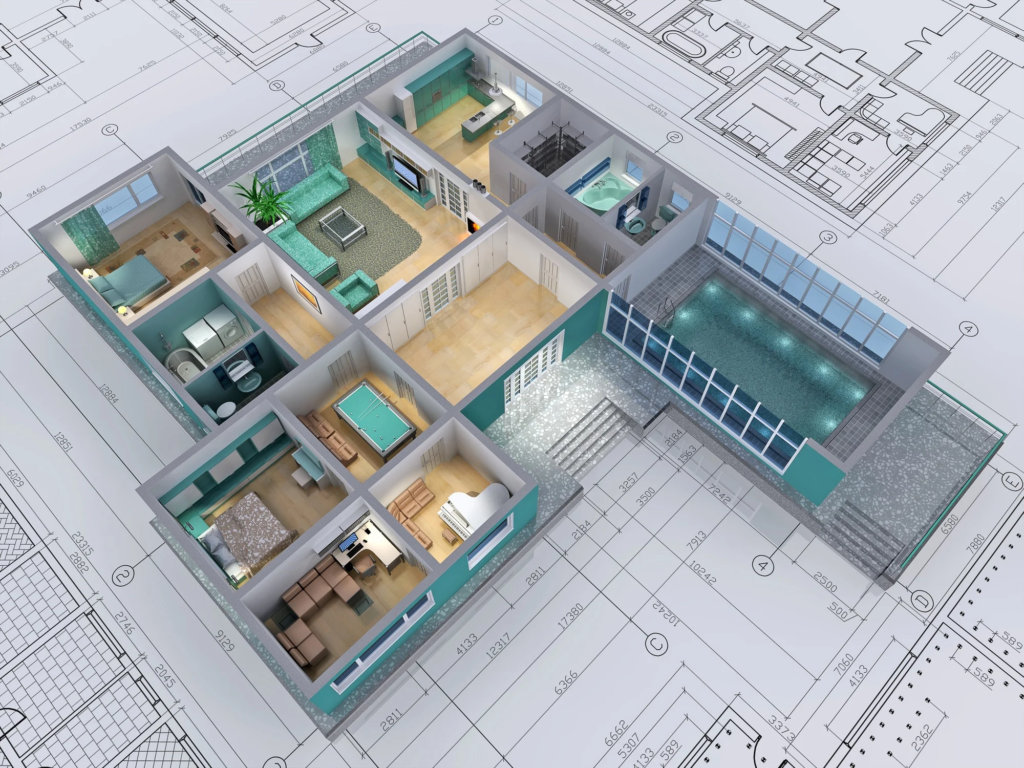Maximizing potential through creative architectural designs involves a multifaceted approach that harmonizes aesthetics, functionality, and sustainability. At its core, architecture is not merely about erecting structures; it is an art form that reflects cultural values, responds to environmental conditions, and enhances the quality of life for its inhabitants. One of the primary goals of innovative architectural design is to create spaces that foster community interaction and promote social well-being. For instance, incorporating open public areas and communal facilities into residential developments can significantly enhance social cohesion, encouraging people to gather, collaborate, and form lasting relationships. Moreover, the use of adaptive reuse in architecture exemplifies how creativity can breathe new life into existing structures. By transforming obsolete buildings into vibrant spaces that serve contemporary needs, architects not only preserve historical narratives but also minimize waste and environmental impact, aligning with sustainable development principles.

Furthermore, the integration of biophilic design elements, such as natural light, greenery, and outdoor spaces, can profoundly affect the mental and physical well-being of occupants. Studies have shown that exposure to nature can reduce stress levels and improve overall health, making it crucial for architects to incorporate these elements into their designs. In urban environments, creative architectural solutions can help tackle issues like overcrowding and limited green spaces. For instance, vertical gardens, green roofs, and multi-functional buildings can optimize land use while enhancing the urban landscape’s ecological balance. These Outsourced Drafting innovative approaches not only maximize the potential of the physical space but also contribute to a city’s resilience against climate change. Moreover, technology plays a significant role in maximizing architectural potential. Advanced modeling tools and sustainable materials enable architects to create structures that are not only visually striking but also energy-efficient and environmentally friendly.
The use of smart building technologies can enhance the functionality of spaces, allowing for better energy management and improved occupant comfort. Ultimately, the most successful architectural designs are those that anticipate the needs of future generations while respecting the past. They embrace flexibility, allowing spaces to evolve over time and adapt to changing societal demands. This forward-thinking approach not only maximizes the utility of a structure but also ensures its relevance and longevity in a rapidly changing world. In summary, creative architectural designs have the power to transform environments and enhance human experiences. By prioritizing community engagement, sustainability, and technological innovation, architects can create spaces that not only meet present-day needs but also inspire future generations to imagine and realize their potential. The challenge lies in balancing these diverse elements while remaining true to the essence of architecture as a dynamic, ever-evolving discipline that shapes our built environment and, ultimately, our lives.